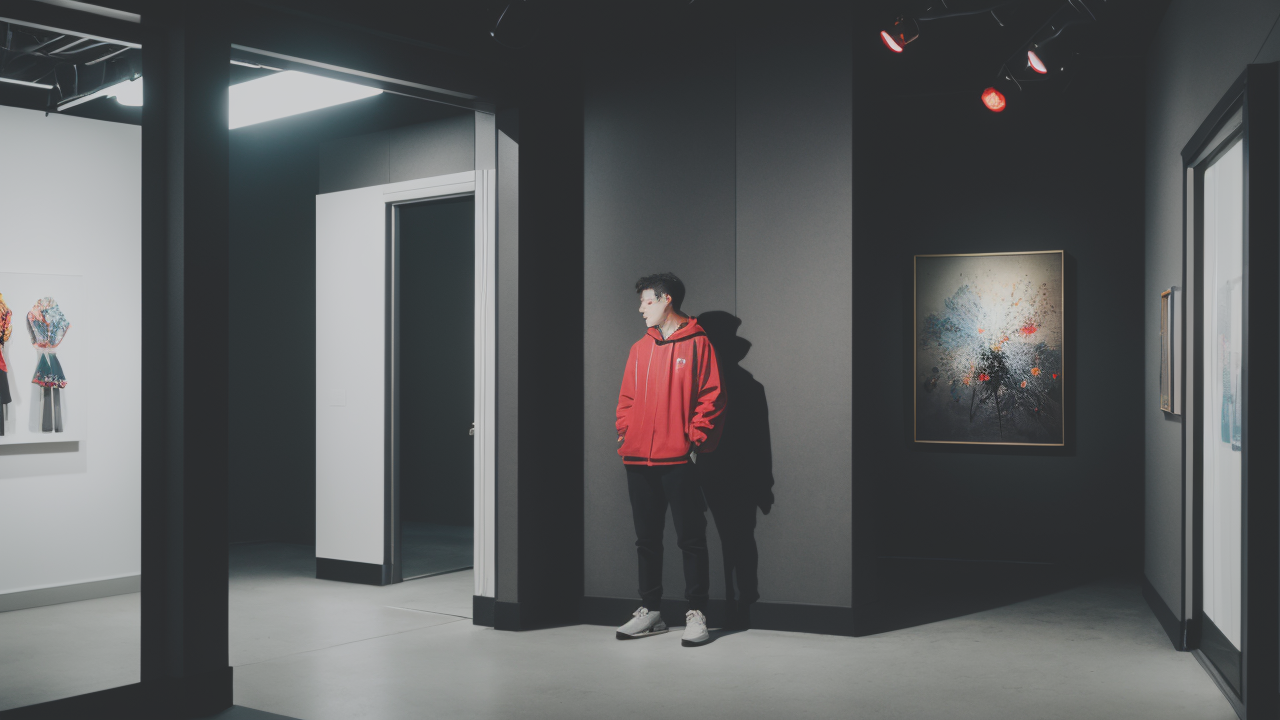
KAWS: Bridging the Gap Between Street Art and High-End Contemporary Galleries
The Rise of KAWS: How a Pop Culture Icon Reflects America's Vibrant Art Scene
Understanding KAWS' Role in the Contemporary Art Movement
KAWS, born Brian Donnelly, has become a major player in contemporary art. He started as a street artist in New York City. His work now spans painting, sculpture, and product design. KAWS blends pop culture with fine art in a unique way.

His art features familiar characters with a twist. He often adds X-eyes to cartoon icons. This creates a new, sometimes unsettling, image. KAWS' style bridges the gap between street art and high-end galleries.
KAWS challenges traditional art world boundaries. He brings street art aesthetics into museums. His work appeals to both art critics and casual viewers. This broad appeal has helped reshape the contemporary art scene.
The Influence of American Pop Culture on KAWS' Artistic Vision
American pop culture is at the heart of KAWS' art. He draws inspiration from cartoons, ads, and consumer goods. These elements form the basis of his artistic language. KAWS transforms familiar images into something new and thought-provoking.
TV shows and comics from KAWS' youth often appear in his work. He reimagines characters like Mickey Mouse or Snoopy. This approach taps into shared cultural memories. It creates an instant connection with viewers who recognize these icons.
KAWS' art also comments on American consumerism. He often uses brand logos and mascots in his pieces. By altering these symbols, he questions their role in our lives. This critique of consumer culture is a key theme in KAWS' work.
The Intersection of Art and Commerce in KAWS' Works
Analyzing KAWS' Approach to Commercialism
KAWS embraces the commercial aspects of art in new ways. He creates both high-end art pieces and affordable products. This range allows his work to reach a wide audience. It also challenges ideas about the value of art.

One of KAWS' signature moves is collaborating with major brands. He has worked with Nike, Uniqlo, and Dior. These partnerships blend art and commerce in innovative ways. They bring KAWS' vision to everyday products and spaces.
KAWS also produces limited edition toys and figurines. These items blur the line between art and collectibles. They are often highly sought after by fans and collectors. This strategy has helped KAWS build a strong following beyond the art world.
How KAWS' Merchandising Redefines Artistic Expansion
KAWS' approach to merchandising goes beyond typical artist products. He treats each item as a unique art piece, regardless of its form. This mindset elevates everyday objects to the status of art. It challenges us to rethink what we consider valuable.
His products range from affordable t-shirts to high-end sculptures. This variety makes his art accessible to people with different budgets. It allows more people to own a piece of his work. This approach democratizes art ownership in new ways.
The popularity of KAWS' merchandise has changed how artists approach product lines. Many now see merchandising as a valid form of artistic expression. KAWS has shown that commercial success can coexist with artistic integrity. His model has inspired many other artists to explore similar paths.
The Impact of KAWS on the Art Industry and Collector Markets
The Surge in Demand for KAWS Art Pieces
KAWS' art has seen a dramatic rise in popularity and value. His pieces now command high prices at auctions and galleries. This surge reflects growing appreciation for his unique style and vision. It also shows the increasing overlap between pop culture and fine art.

Collectors are eager to acquire KAWS' works, driving up prices. His limited edition releases often sell out within minutes. This high demand has made KAWS one of the most sought-after artists today. It has also sparked debates about art as an investment.
The appeal of KAWS' art spans different age groups and backgrounds. Young collectors are particularly drawn to his work. They connect with its pop culture references and bold style. This broad appeal has helped expand the art market in new directions.
The Evolving Dynamics of Art Collecting in the United States
KAWS' success has influenced how people think about art collecting. His work appeals to both seasoned collectors and newcomers. This broad appeal has helped to expand and diversify the art market. It has brought new voices and perspectives into the collecting world.
Social media plays a big role in the popularity of KAWS' art. Collectors often share their pieces online, creating buzz. This digital word-of-mouth has become a powerful force in the art world. It shows how technology is changing the way people discover and value art.
The rise of KAWS has also sparked debates about art as an investment. His pieces have seen significant value increases over time. This has attracted investors looking to diversify their portfolios with art. It raises questions about the relationship between artistic and financial value.


